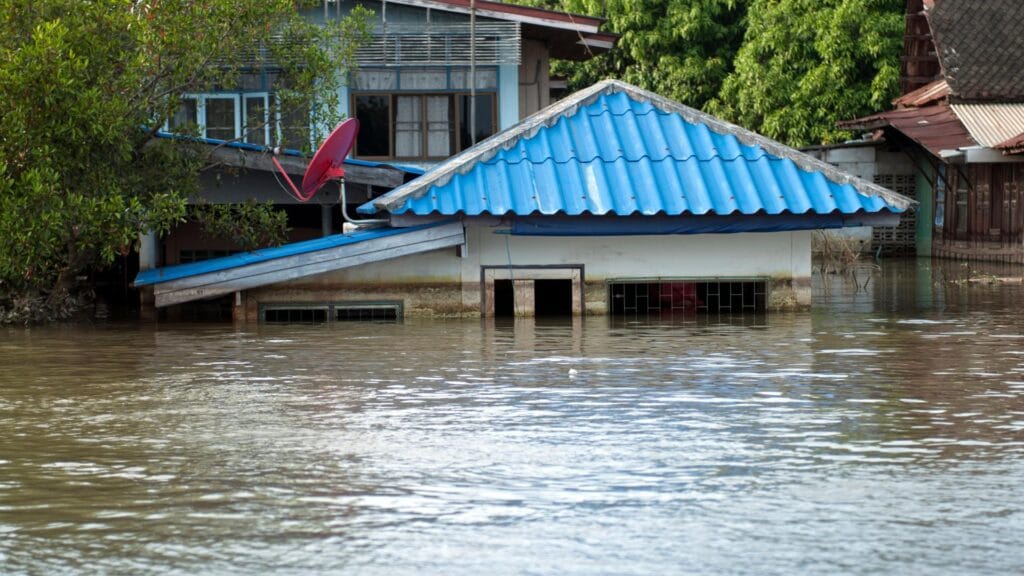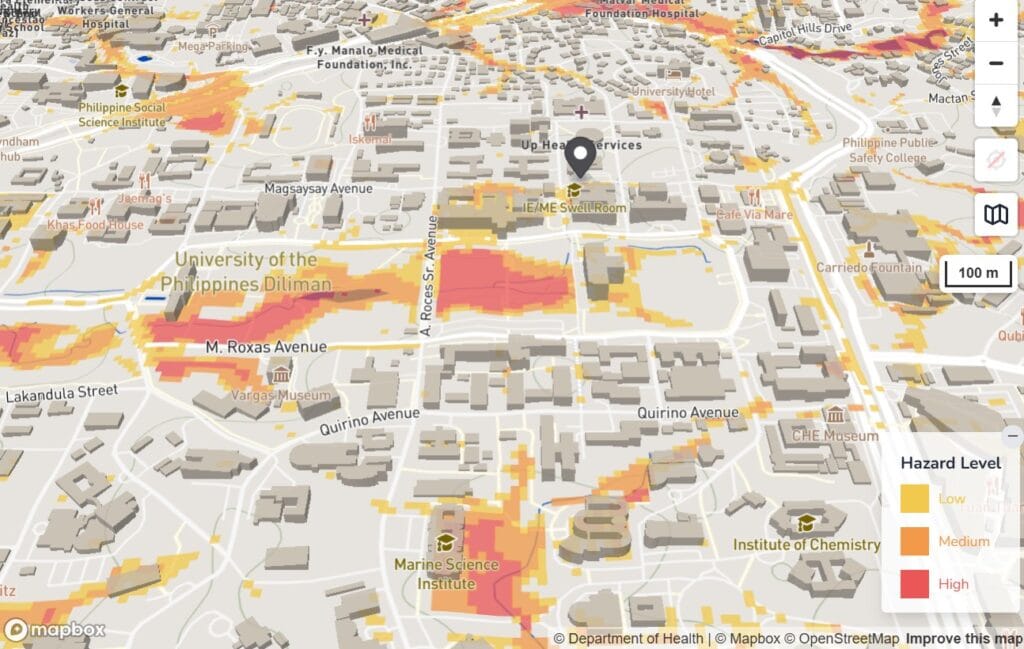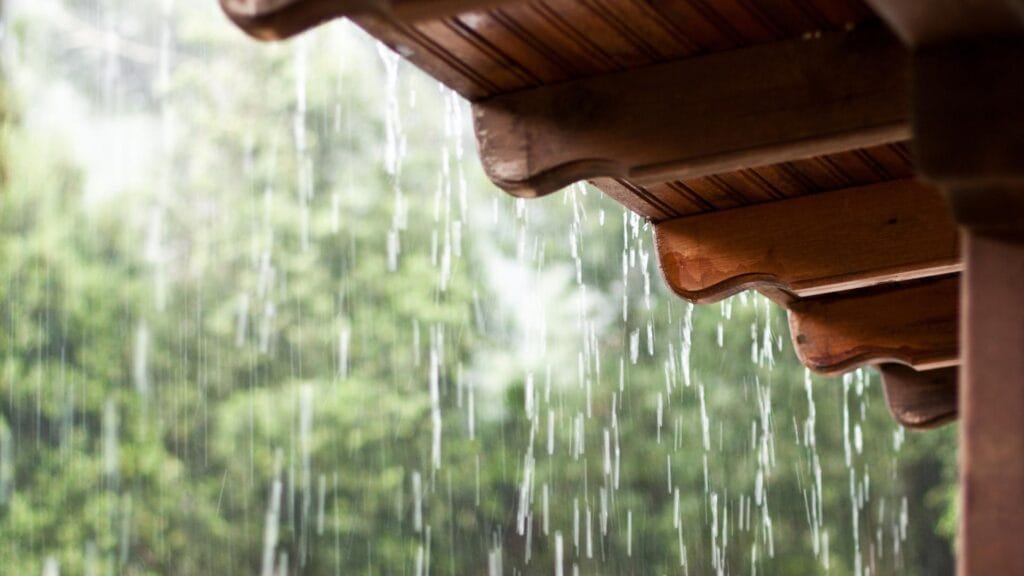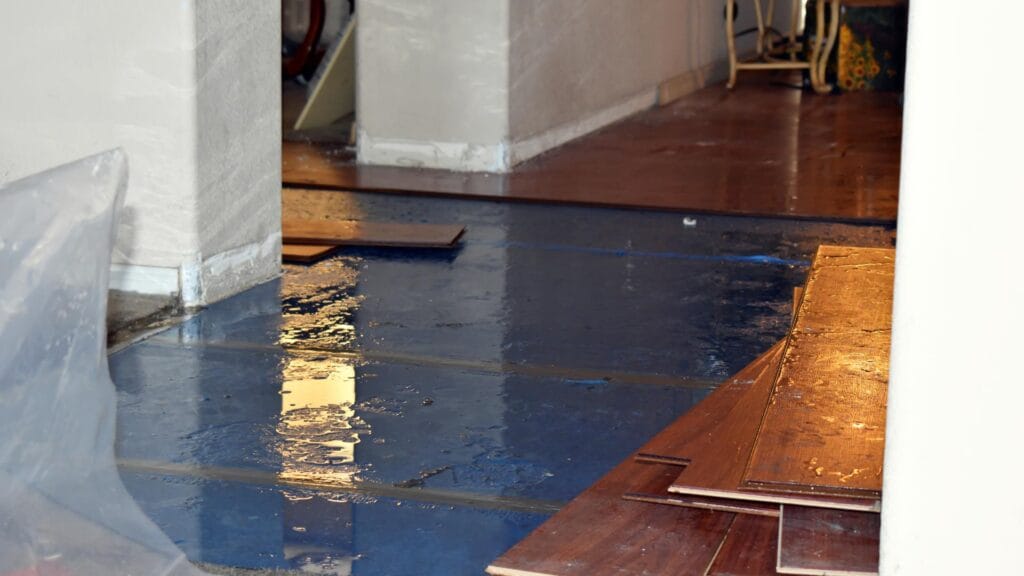
Protect Your Home from Flooding: A Checklist for Homeowners
Stay safe during flood season. Learn practical home flood control tips and a complete checklist to reduce risks and protect your family.
By:
The Good Home Daily
Posted on October 30, 2025
In the Philippines, there is ongoing drama over government flood control projects. Debates and investigations continue, but while the discussions drag on, the risk of rising water remains real for regular people.
What makes it even more frustrating is that months have passed, and no one has gone to jail for corruption, even with big names involved. It is the kind of plot twist everyone expects, yet nothing really happens.
Someone should definitely be held responsible for the worsening flooding in the country. But while these challenges remain unresolved, one thing is clear: you cannot wait for perfect solutions before protecting your own home.
According to the latest update from the US National Weather Service, La Niña has officially returned. It is expected to persist from December 2025 to February 2026, which could bring heavier rains and stronger storms in the months ahead.
This is why we’ve created a flood control checklist. By understanding your flood risk and taking practical action, you can protect your home from flood damage and keep your family safe.
Assess Your Home’s Flood Risk

Before you can prevent flood damage, you need to understand how vulnerable your home really is. Every house has weak spots. Identifying them early will help you take action where it matters most.
Start by checking your location. If you live near rivers, low-lying areas, or streets with poor drainage, your flood risk is naturally higher. Even homes in urban neighborhoods like Metro Manila are not exempt from this
We recommend checking the official PAGASA Flood Hazard Maps or Project NOAH to understand how prone your area is to flooding.
Next, look at your property itself. Ask yourself these questions:
- Are there cracks in the walls where water can seep through?
- Do you notice water pooling in your yard after heavy rains?
- Is your home built on lower ground compared to nearby roads or houses?
Small signs like these can be red flags of more serious problems once storms arrive.
Lastly, consider your home’s structure. Basements, low ground floors, and electrical outlets close to the floor make you more vulnerable to flood damage. Identifying these risks allows you to prioritize the right home flood prevention tips in your checklist.
If you find that you’re living in a flood-prone area, the safest option is always to consider moving to higher ground. However, for many families, this is simply not possible.
According to one study, Filipinos often choose to stay despite the risks because of their deep attachment to their community, limited resources, and the fact that their livelihoods are nearby.
The same research points to land subsidence as a hidden factor that worsens flooding. It happens because of excessive groundwater withdrawal. Many residents don’t realize this and instead believe their homes are sinking because roads around them are being raised.
All of this makes personal flood risk assessment even more crucial. If moving isn’t an option, the next best step is to recognize these vulnerabilities early, so you can strengthen your home and prepare before the next storm arrives.
Preventive Measures Before Flood Season

Prevention begins long before the first heavy rains arrive. By taking steps in advance, you can protect not only your property but also the safety and comfort of your loved ones.
- Inspect your home – Seal cracks, clean gutters, and check your roof for leaks to stop water from seeping in.
- Waterproof Key Areas – Apply sealants or waterproof coatings to vulnerable areas like exterior walls, basements, and ground-level rooms. Focus on cracks, wall joints, and any section where water commonly seeps in.
- Protect utilities and valuables – Raise outlets, appliances, and important documents to higher levels. Consider a sump pump or backflow valve for added safety.
- Improve drainage – Clear outdoor drains and ensure soil or landscaping directs water away from your home.
- Prepare supplies and plans – Keep sandbags, an emergency kit, and an evacuation plan ready so your family knows what to do when floods occur.
What to Do During a Flood

When floodwaters rise, safety becomes the top priority. Stay calm and focus on protecting lives before focusing on property.
- Stay informed – Monitor PAGASA weather bulletins, LGU announcements, and trusted news sources for real-time updates.
- Turn off electricity – If safe, switch off the main power supply to avoid electrocution.
- Move to higher ground – Bring your family, pets, and essentials to an upper floor or designated evacuation center.
- Avoid floodwaters – Do not walk or drive through moving water. Even shallow floods can sweep people and vehicles away.
- Bring essentials – Carry your go-bag with food, water, medicines, and important documents in waterproof containers.
After the Flood: Recovery & Cleanup

The danger does not end when the water goes down. Floods often leave behind health risks and hidden damage that need immediate attention.
- Wait for clearance – Do not return home until local authorities confirm it is safe.
- Document the damage – Take photos and videos for insurance and future reference.
- Check for hazards – Watch out for weakened structures, exposed electrical lines, and sharp debris.
- Clean safely – Wear gloves, boots, and masks when clearing mud and debris. Disinfect items exposed to floodwater to prevent disease, and do not ignore walls, carpets, and furniture that could be breeding spots for mold.
- Beware of contamination – Boil drinking water or rely on sealed bottled water until the water supply is declared safe.
- Seek medical help – If anyone shows symptoms of infection, leptospirosis, or other waterborne diseases, consult a doctor immediately.
Build a Flood-Resilient Home
Living in a flood-prone area requires vigilance, but it does not require living in fear. With proper flood prevention measures at home and consistent maintenance, you can protect your property and peace of mind.
No single solution is foolproof, but a comprehensive approach can keep you high and dry when the water rises.

